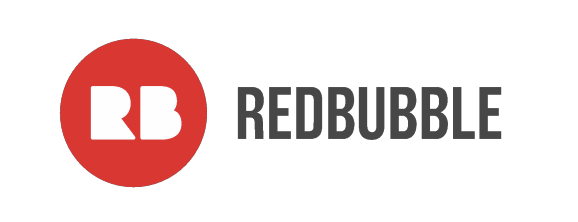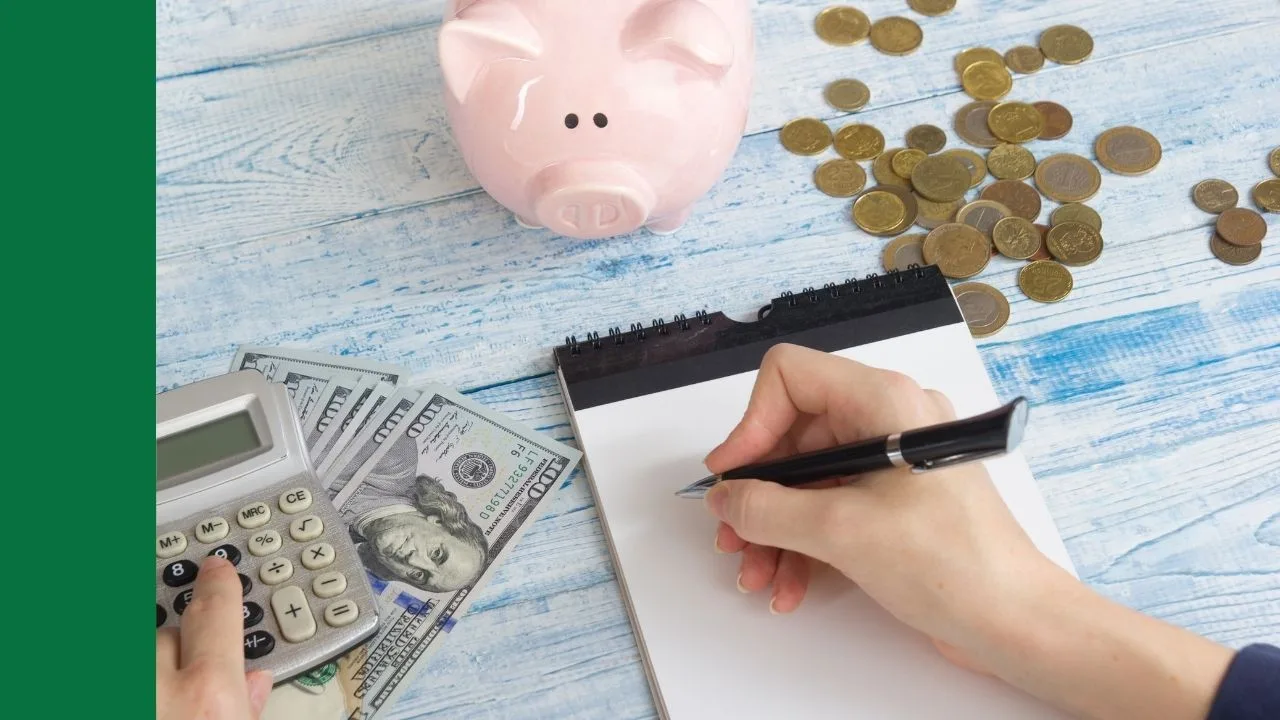The Redbubble Ltd (ASX: RBL) share price just hit a 52-week low of $2.99. Is the e-commerce ASX share now a buy?
Redbubble is an online retailer of a large number of different products (such as clothes, stationery, phone cases and so on) that have cool designs on them which have been created by artists.
What’s going on?
Redbubble shares have fallen by 56% over the last year. It has been a volatile time for Redbubble in the last couple of years. Over the past two years, the Redbubble share price has risen by 170%.
But investors have gone off Redbubble in recent months, as well as other ASX tech shares/online retailers like Kogan.com Ltd (ASX: KGN) and Cettire Ltd (ASX: CTT).
You’d need to ask all the sellers of Redbubble shares in recent months why they are willing to accept a lower price these days, but some investors might put it down to the prospect of higher interest rates as well as a slowing growth rate.
Interest rates
One of the world’s greatest investors, Warren Buffett, said at the 1994 Berkshire Hathaway annual general meeting (AGM):
“The value of every business, the value of a farm, the value of an apartment house, the value of any economic asset, is 100% sensitive to interest rates because all you are doing in investing is transferring some money to somebody now in exchange for what you expect the stream of money to be, to come in over a period of time, and the higher interest rates are the less that present value is going to be. So every business by its nature … its intrinsic valuation is 100% sensitive to interest rates.”
US interest rates are expected to rise in 2022, perhaps multiple times. This pushes down the current value of assets. The more growth that’s priced into the valuation, the more (theoretically) that it can impact the Redbubble share price and others.
Slowing growth rate
A business typically achieves a higher valuation by earning more profit or at least having more profit potential than before.
FY21 included lots of growth. Its marketplace revenue soared 58% (or 71% in constant currency terms) to $553 million whilst gross profit grew by 66% to $223 million.
However, FY21 was a particularly strong year as Redbubble benefited from the big boost of COVID-boosted online sales and a huge amount of mask sales.
Redbubble isn’t expecting millions of dollars of mask sales in FY22 like it saw in FY21, though there is a chance that the Omicron variant leads to more mask sales than previously expected.
However, Redbubble is only expecting FY22’s marketplace revenue to be slightly higher than FY21’s marketplace revenue when excluding those FY21 mask sales. It’s possible that the Omicron waves leads to a resurgence of global e-commerce sales too.
Whatever happens in FY22, it shouldn’t be the entirety of the investment case for Redbubble. The ASX share is hoping to reach $1.25 billion of marketplace revenue by 2024 and onwards, with annual growth of between 20% to 30% per year.
I think that level of growth in FY23 onwards, combined with rising margins, should lead to attractive profit from Redbubble.
Final thoughts on the Redbubble share price
Redbubble has lots of attractive features like growing scale efficiencies, geographic expansion and increasing product categories. I like Redbubble and I think its operating model can lead to go results over the long-term. This lower price makes it seem that much more attractive. But volatility can certainly happen, as it is now.




